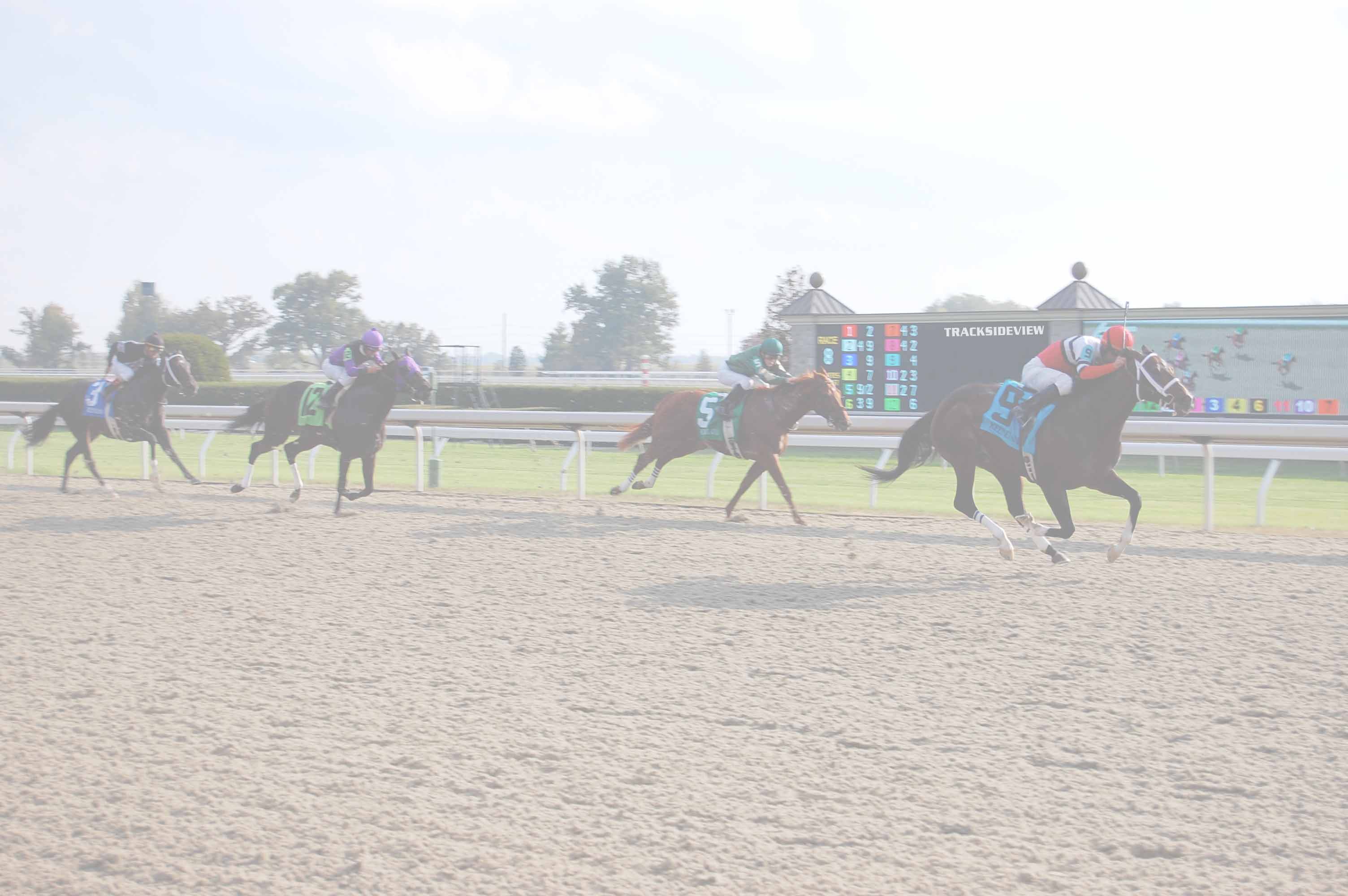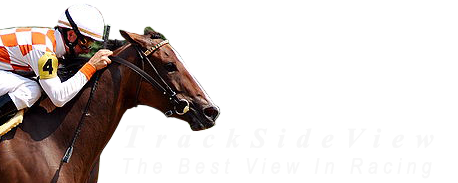Where Do Derby Payout Horses Come From
By Bob Hill, TSV Staff Writer —-

In 2012, the criteria for qualifying Kentucky Derby entrants was altered. Prior to that time total earnings in graded stakes races were used as the means for determining the ranking of Derby hopefuls. The system was widely criticized due to the over-valuing of many of the graded stakes races for Derby eligible horses contested at sprint distances less than eight furlongs. That factor was especially true for the top races for two-year-olds. The Derby field will always attract a sizeable number of entries that have business in the race, but the new qualifying system at the very least has eliminated sprinters that do little more than get in the way or run suicidal paces that blow up the race.
The new system used now is based upon the assignment of points for top four finishes in a selected group of races. The major nine-furlong stakes races that immediately precede the running of the Kentucky Derby have the highest point values, with a commensurate reduction of points for races run earlier in the Derby campaign. The sprint races that still carry qualifying points are limited and are run during the two-year-old season or early in the three-year-old campaign.
The result of this change appears to be that the Derby has become much more predictable. Five of the six races run since inauguration of the new system have been won by post-time-favorite. The only exception was in 2012 when I’ll Have Another beat Bodemeister, the post-time favorite. Ironically, the 2017 Derby was just won by Always Dreaming who is a son of Bodemeister.
There still have been some boxcar payouts in these past six Derbies, but the key factor to big dollar wins for some bettors has been bombers in the place position. Analyzing where the money producers are coming from in the Kentucky Derby may be a good start to thinking about next year’s wagers.
The Florida Derby has been the most productive prep race leading up to the Derby during this six-year period. It has produced three winners and a total of four of the 24 horses that have filled the last six Kentucky Derby superfectas. The three winners are Orb (2013), Nyquist (2016), and Always Dreaming (2017). The much heralded Mohaymen (2016) bombed in his Florida Derby try before finishing fourth at Churchill Downs.
The Santa Anita Derby and the Arkansas Derby each have produced five top-four finishers in the past six Run for the Roses. The California prep race produced two winners – I’ll Have Another (2012) and California Chrome (2014). The mud-lover Exaggerator (2016) finished second in the Derby, and Dortmund (2015) and Battle of Midway (2017) both finished third in their respective Derby tries.
The Oaklawn prep race gave us Triple Crown winner American Pharoah (2015) as its only winner in this time period. Bodemeister (2012) and Lookin At Lee (2017) captured runner-up spots. Danza (2014) finished third and Classic Empire (2017) fourth.
Much of the conversation from the national “experts” about the Louisiana Derby has been negative over the years, but this prep race has given us some very valuable horses in Kentucky Derby bets. Golden Soul (2013) and Commanding Curve (2014) finished second in the Kentucky Derby in back-to-back years. Revolutionary (2013) and Gun Runner (2016) were third place finishers in Louisville.
Then we come to the Wood Memorial run at Aqueduct. This race once produced serious Derby contenders, but in the recent past it has produced more hype than substance. The race cost me big time this year because I overplayed Irish War Cry, a mistake that probably cost my team of co-conspirators the big trifecta payout that occurred. In the past six years, The Wood has produced three fourth place finishers – Normandy Invasion (2013), Wicked Strong (2014), and Frosted (2015). If only I could take my own advice that runners coming out of this prep race are more likely to disappoint than they are to provide value.
The Sunland Derby gave us Firing Line (2015), the colt that gave American Pharoah his greatest challenge on the great one’s quest for the Triple Crown. Went the Day Well (2012) finished fourth coming out of the Spiral Stakes. The horseracing politics of Kentucky are the only reason the Spiral Stakes is still a Derby prep race with 50 qualifying points going to the winner. If the race were run anywhere but in Kentucky it would soon disappear from the list.
This information will not do us much good for another year until the 144th running of the Kentucky Derby. I’ll put this article in the archives and dust it off next year in the run up to the Derby. Hopefully, it will help us all cash the big ticket that got away this year.
Cover Photo: Always Dreaming; Skip Dickstein






